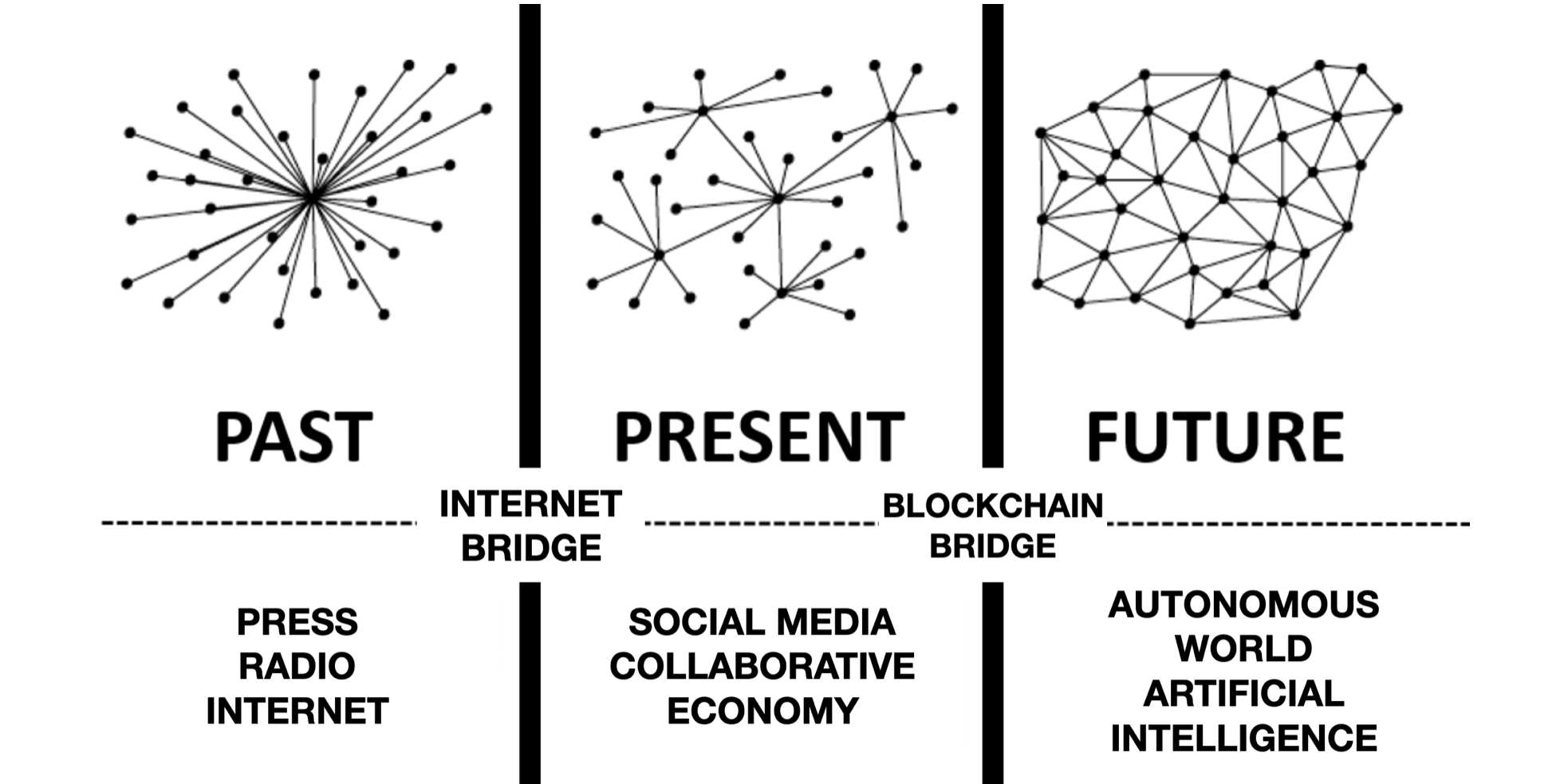The technological development of the world is constantly accelerating. Various technologies continuously improve the quality of our lives, eliminate systemic irregularities, and enhance work efficiency. Today, technology is present in virtually every sphere of life. In the vast majority of cases, technology brings added value to humanity. However, it also happens that with the advancement of technology, humanity discovers threats stemming from changes in our behavior. A great example of this is social media, which clearly provides added value to humanity and has even contributed to the democratization of countries and the overthrow of several regimes. However, on the other hand, excessive use of social media can lead to addiction, depression, and other mental health issues.
In modern history, we can identify several technologies that significantly accelerated the development of humanity: the steam engine (1784), electricity (1870), computers (1969), the internet (1989), and blockchain (2008). As technology advances, our behavior also changes. We used the internet differently in the 1990s, differently today, and undoubtedly, we will use it differently in the future. Let’s take a brief overview of the development of the most important ICT technologies and explore an attempt to predict the direction of their further progress.
Comparison of Web1.0, Web2.0, and Web3.0.
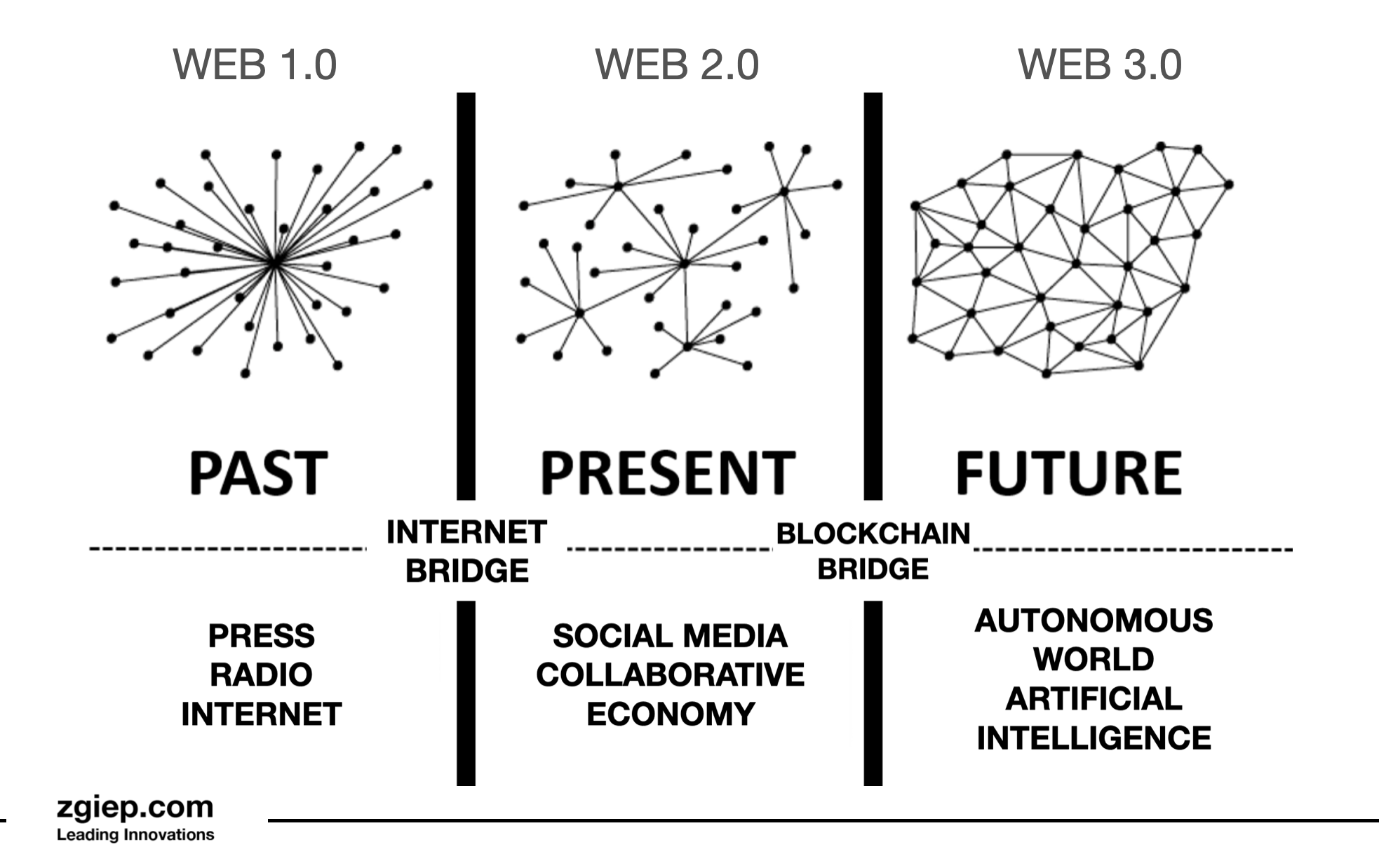
Source: Author’s own work.
Web1.0 – The First Internet
The internet has been with us for several decades, facilitating many everyday activities, and probably, the majority of its users would declare a decline in their quality of life if they were to stop using it. The vast majority of residents in highly developed countries use this medium (80%-90%). If we consider the entire world, it is only 63%, but this number is steadily increasing. The first internet was relatively simple – it allowed users to receive information unilaterally and was open to everyone. The ownership and influence of this medium were centralized.
Beginnings of Web1.0.
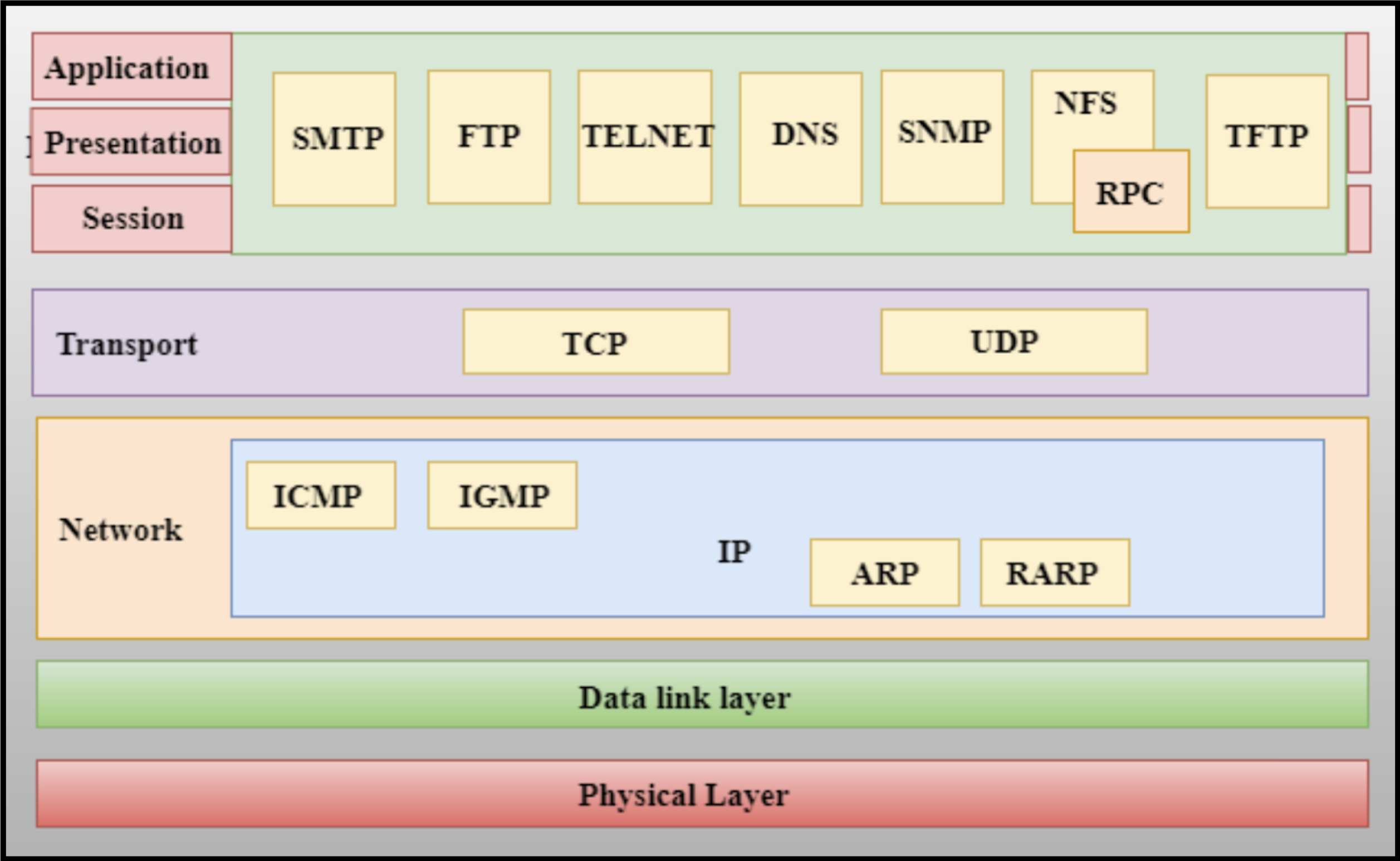 Source: https://stackoverflow.com/questions/71056391
Source: https://stackoverflow.com/questions/71056391
Web2.0 – The First Collaborative Economy Platforms
During the financial crisis of 2007-2009, many people had to redefine their needs and the ways they satisfy them. This coincided with the development of internet technologies and demographic changes, and based on these few catalyzing factors, collaborative economy platforms were created. Users, in addition to receiving information, also gained the ability to communicate bilaterally and create content on the internet. Systems are still centralized, and ownership and influence are concentrated around the largest corporations. The platforms, not their creators and users, own the content.
Development of Web2.0.
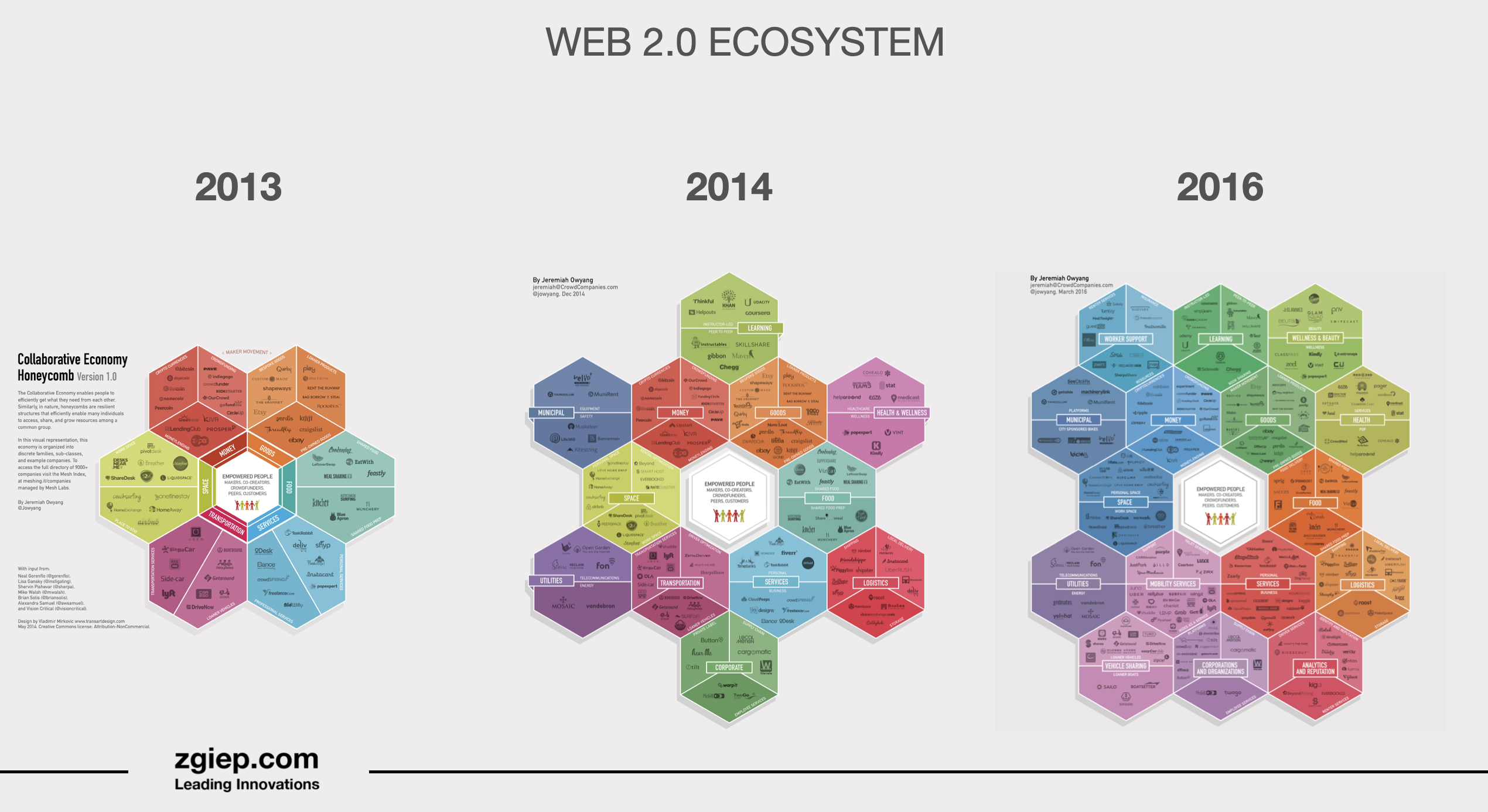 Source: Author’s own work.
Source: Author’s own work.
Web3.0 – Crypto, Blockchain and Artificial Intelligence
During the aforementioned financial crisis of 2007-2009, a user of the internet with the pseudonym Satoshi Nakamoto (or a group of users using the same name) presented the world with his white paper. He described the first-ever application of Blockchain technology in history. Thus, in early 2009, the first blockchain in history was launched – the Bitcoin blockchain. Similar to the internet, blockchain was a very niche technology in its early years. Only in the last few years has it flourished, with a growing number of users. In 2023, we have a choice of tens of thousands of new blockchains or tokens based on different networks. It is worth noting that Web3.0 technologies are still in the early stages of development compared to the Internet. It is estimated that around 400 million people used blockchain technology in 2023, while about 5.03 billion people used the internet.
Crypto users vs. internet users on a logarithmic scale over the years.
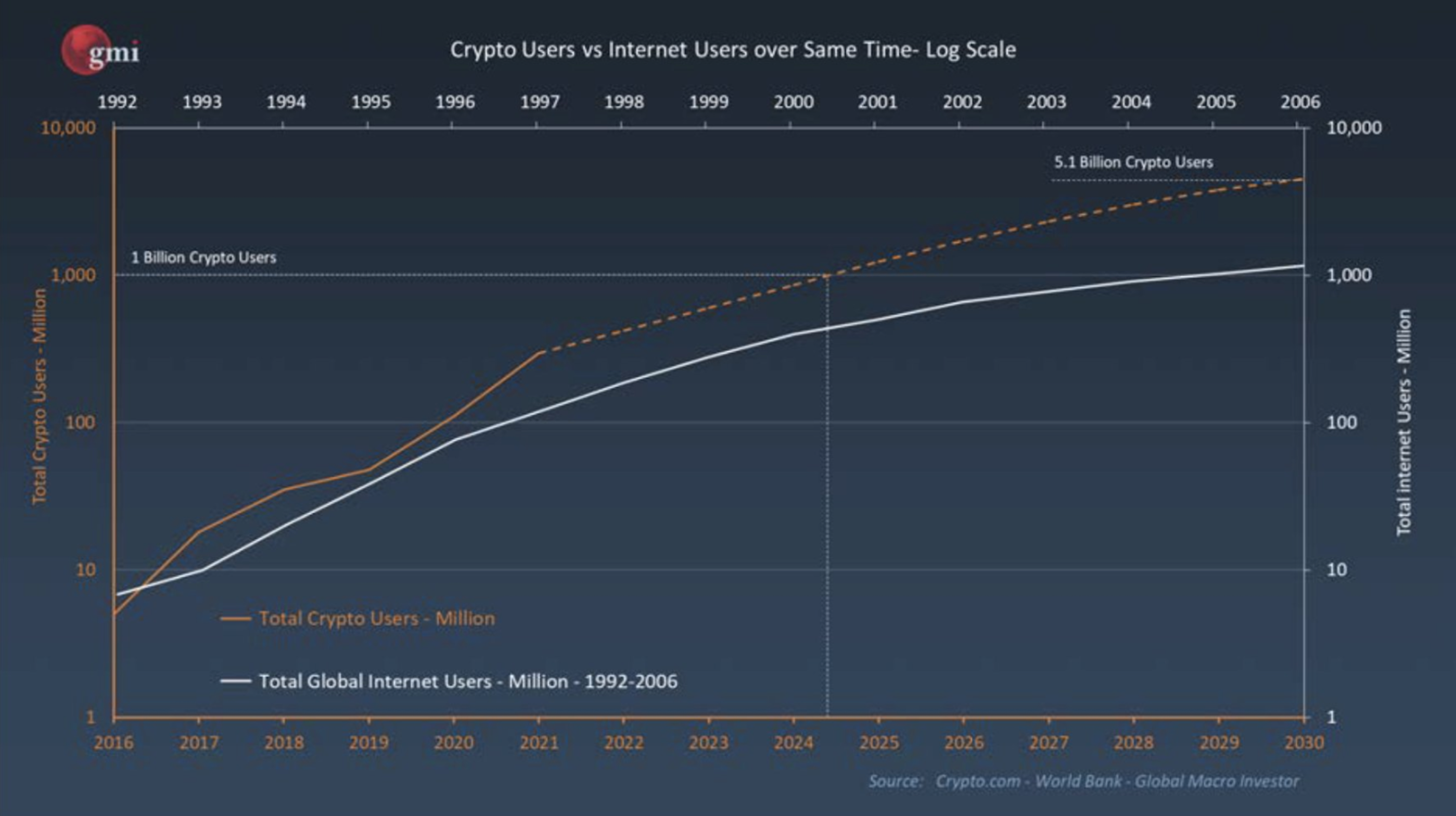 Source: www.twitter.com/RaoulGMI.
Source: www.twitter.com/RaoulGMI.
Considering the current economic, political, and technological development worldwide, it can be assumed with a high degree of probability that blockchain technology will continue to develop at an increasingly rapid pace in the coming decade. Already today, it enables a variety of experiments, new services, business models, and management models. The most important innovations in the crypto and blockchain space include: DAO – decentralized autonomous organizations, DeFi – decentralized finance, NFT – non-fungible token, Metaverse, Play-2-Earn, Play-&-Earn, Move-2-Earn. It is precisely these and future, yet unknown innovations that I have decided to dedicate my research to. This time, it’s not academic research but rather business-oriented. As a global community of investors, Pointer.Capital, we invest together in the latest Web3.0, Fintech, Blockchain, Artificial Intelligence, Crypto, and private city innovations. If you want to create value for billions of people along with us, we invite you to join our community.
Cheers,
LSZ

